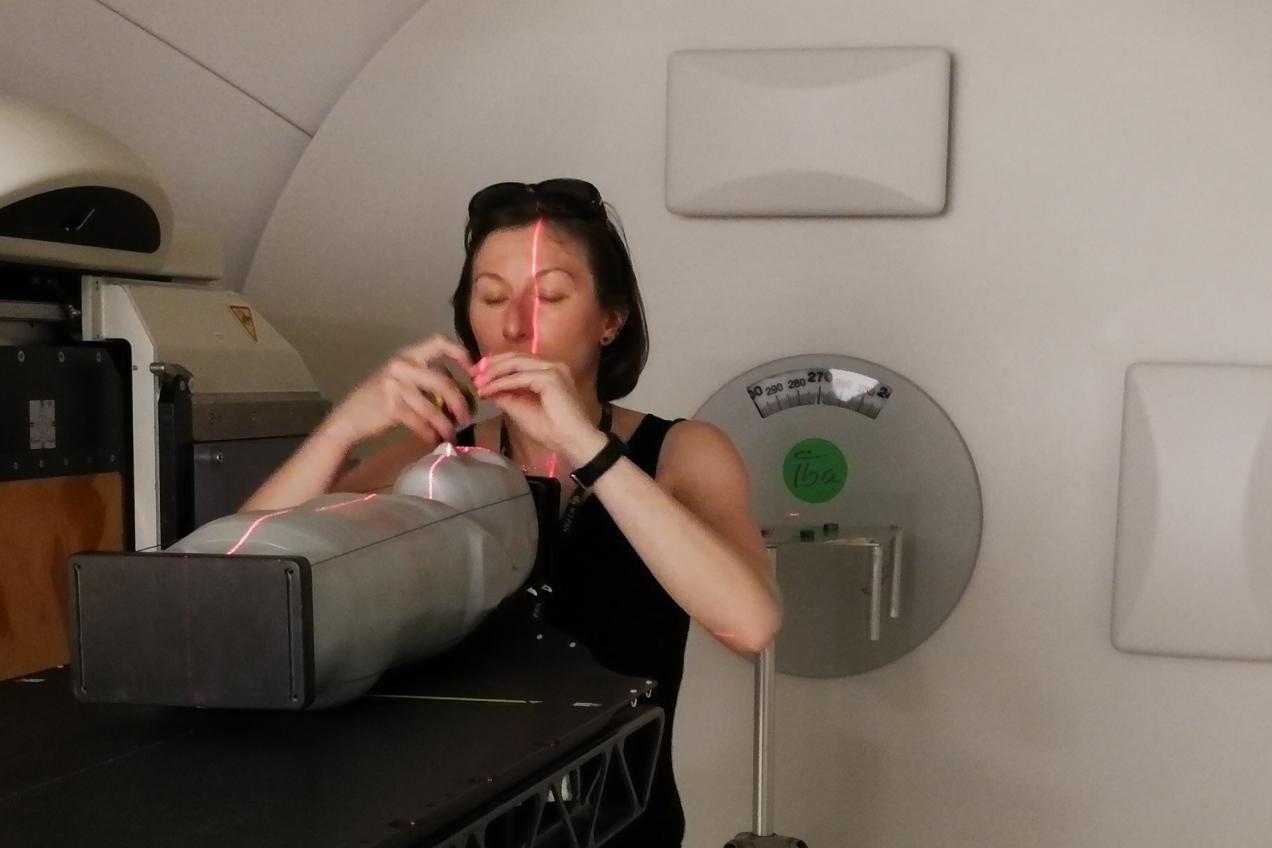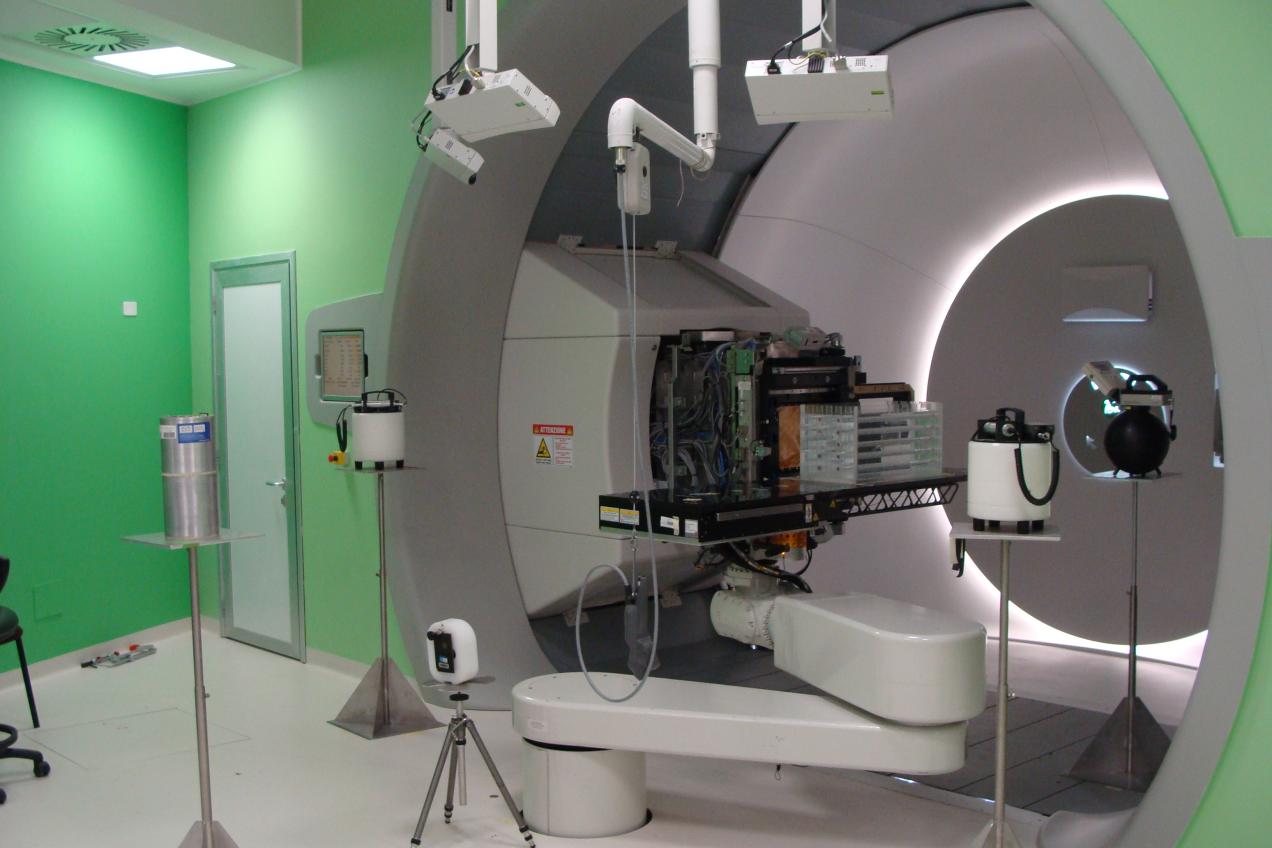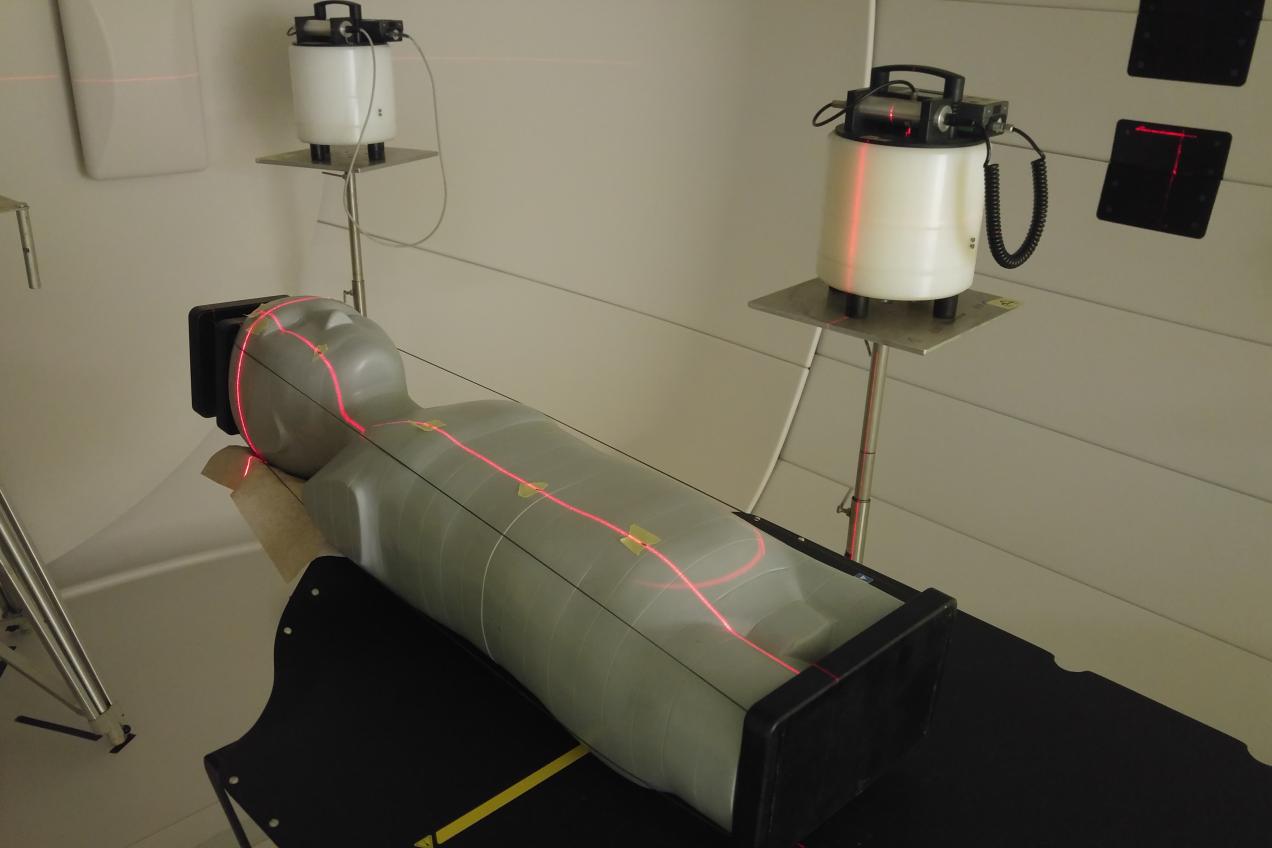WG9 – Radiation dosimetry in radiotherapy
-

Chairperson
Liliana Stolarczyk
Danish Centre for Particle Therapy at the Aarhus University Hospital
Cyclotron Centre Bronowice Institute of Nuclear Physics PAN
Email: lilsto [at] rm [dot] dk (lilsto[at]rm[dot]dk) -

Secretary
Marijke De Saint-Hubert
SCK CEN, Belgium
Email: marijke [dot] de [dot] saint-hubert [at] sckcen [dot] be (marijke[dot]de[dot]saint-hubert[at]sckcen[dot]be) -

Membership
Working Group 9 has:
- 19 full members and
- 36 corresponding members,
- 47 observers.

Motivation
Radiotherapy is a key component of cancer therapy. Its success depends on accurate and reproducible dose delivery to the target volume and minimisation of concomitant doses to healthy tissues. There is, therefore, a requirement for robust dosimetry for all parts of the body, and for all treatment modalities, for patients undergoing radiotherapy. In addition, recent technical developments such as proton and ion beam facilities, intensity modulated radiotherapy (IMRT) and image guided radiotherapy (IGRT) have resulted in many new dosimetric challenges. WG9 is addressing these by developing a research programme, which harnesses the experimental and computational expertise of its members, who are drawn from many European laboratories and hospitals.
Aim of the Working Group:
Assessment and development of existing and potential dosemeters and dosimetric techniques in radiotherapy for improved dosimetric inter-centre harmonisation together with experimental and computational determination of organ doses as input to epidemiological and late effect studies.
Main scientific objectives
- Development and assessment of dosimetry techniques for non-target patient doses in x-ray and proton therapy, especially in paediatric radiotherapy. Generation of robust datasets of out of-field doses for development and benchmarking of dose algorithms and analytical models;
- Determination of the total dose to the patient from therapy and imaging (in conjunction with WG12) for input to epidemiological studies;
- Small field photon and proton beam dosimetry;
- Specific developments in proton and neutron dosimetry:
- spatial fractionation (grid therapy)
- mailed dosimetry audits of proton therapy beams for inter-centre harmonisation
- In-phantom and ambient neutron dosimetry and spectrometry
- Foetal dose determination
- Monte Carlo simulation studies to support and enhance experimental programmes;
- Identification of new and emerging dosimetric techniques and materials, and assessment of their potential use in radiotherapy dosimetry.
Task Groups
-

TG 9.0 Photon radiotherapy programme
Task 1: Small field photon beam dosimetry (Hrvoje Hršak)
- Machine and detector-specific mini-projects characterising different point detectors (ionisation chambers, diodes, scintillation detectors) and 2D detectors (radiochromic films and 2D radioluminescent sheets).
- End-to-end audit in collaboration with different centers equipped for stereotactic radiosurgery (SRS) and radiotherapy (SRT).
Task 2: Out-of-field doses in brachytherapy (Joao Santos, Saveta Miljanic)
-

TG 9.1 Computational methods in medical physics
Task Group leader: Hrvoje Brkić (University of Osijek, Croatia)
Task 1: Dose to the fetus during radiotherapy (Marijke De Saint-Hubert)
Task 2: Secondary radiation for superconducting synchrocyclotron (Mevion S250i Hyperscan) - MC simulations (Miguel Ángel Caballero-Pacheco)
Task 3: Normalisation of secondary radiation doses in spot scanning proton radiotherapy – MC simulations (Olivier Van Hoey)
-

TG 9.2 Hadron radiotherapy programme
Task Group leader: Pawel Olko (Institute of Nuclear Physics PAN, Poland)
Task 1: Dosimetry audit of active scanning proton beams (Marie Davídková)
Task 2: Secondary radiation for superconducting synchrocyclotron (Mevion S250i Hyperscan)
- Neutron spectrometry (Carles Domingo)
- In-phantom measurements (Marie Davídková)
- Environmental in-room measurements (together with WG11)
Task 3: Normalisation of secondary radiation doses in spot scanning proton radiotherapy (Liliana Stolarczyk)
